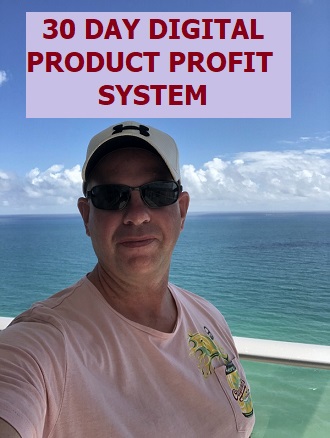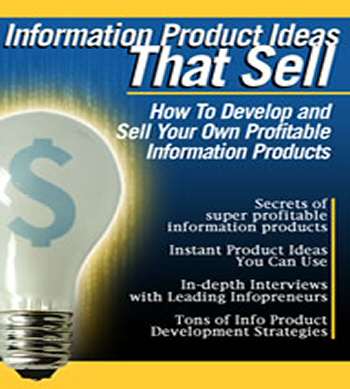Having coached hundreds of people to package non-fiction information into published, self-published books, ebooks, courses and additional training – information product formats one of the most useful realizations is that writing is largely a matter of process.
The closer you follow and effective process, the quicker and more effective your non-fiction writing will become.
Prior to writing our 12 books and ebooks we currently market on the internet, I helped professionals and companies put together training programs – massive amounts of content designed to sell for anywhere from $397 to more than $15,000 a pop.
Since then our company regularly releases an information product a month – it could be a report, ebook, book, membership site, video program, etc…but the same process is used no matter how the information is packaged.
The system we have found most effective and continue to use today is outlined within The Information Marketer’s Zone – where we start with in-depth market research, use highly structured infoproduct outlines and fill in content through a combination of research, personal experience, interviews and outsourcing.
It was interesting when I came across this author’s blog posting over at publishing guru Dan Poynter’s Blog where he talks about using a similar system to write his books – specifically he talks about 6-steps to his writing process:
- Hunting and Gathering
- Building a Foundation
- Gaining Control
- Finding The Chapters
- Creating The Architecture
- Drafting and Revision
What is interesting is that Roy doesn’t talk a great deal about market research – I can tell you from first hand experience, understanding demand for a topic and the existing body of work is critical to developing a successful book idea and approach. It does seem that Roy’s first step – the Hunting and Gathering and Building a Foundation combines market research with content research – a good first step.
The next two steps – Gaining Control and Finding The Chapters – everyone has a slightly different way of doing this.  The idea is that you must get a handle and confidence with the treatment of your topic.
I like to collect mass amounts of questions, frustrations, desires from my market so that I know what it is they want – the ultimate objective of the book along with the little steps required to take them from where they are today to where they want to be after reading the book or taking the course.
Roy’s tips on organizing information onto cue cards, tackling one chapter at a time, writing without editing – these are all GOLDEN tips, be sure to read them over and you will be in a very good position to tackle any writing project.
To get a handle on the entire process from planning your own information publishing business through product development and finally marketing your book on the internet – head over to InfoMarketer’sZone for the top training course on the internet and let’s get your book out in 2010.


